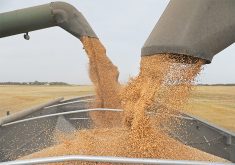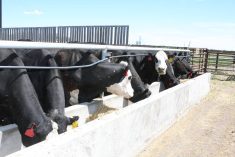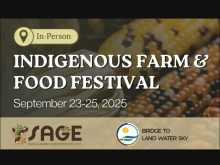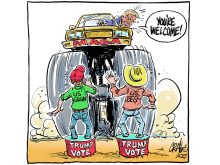The Saskatchewan government is gathering opinions and input on farmland ownership regulations in the province.
I believe loosening farmland ownership rules would unleash the full potential of Saskatchewan agriculture and bring maximum benefits to Saskatchewan people.
One problem with the current restrictions centres around fair value versus market value.
For example, if farmer John sold a quarter section of land to his neighbor at $200,000, that value does not really represent fair value.
So how much is the fair value of farmland? Many people believe farmland prices would double or even triple in a couple years if Saskatchewan’s farmland ownership limitation was lifted.
Read Also
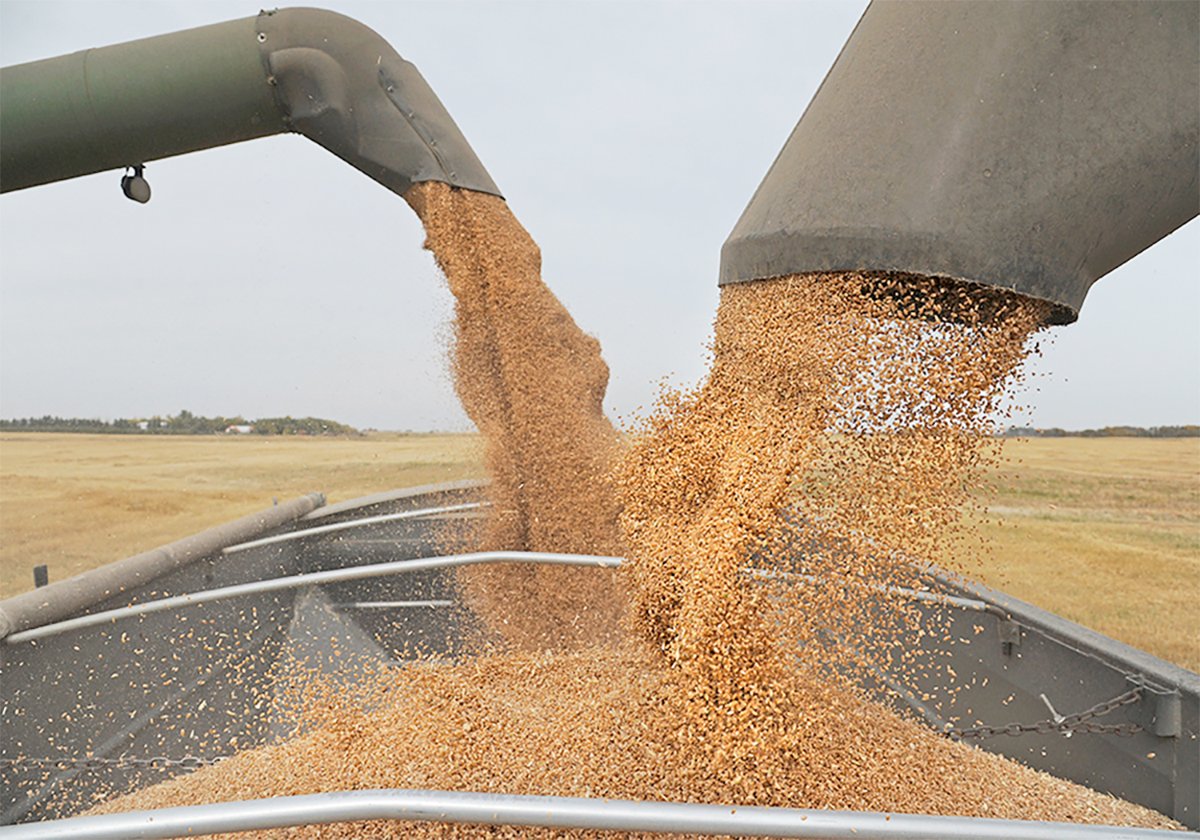
Agriculture productivity can be increased with little or no cost
There’s a way to enhance agricultural productivity with little or no cost. It doesn’t even require a bunch of legislative changes.
The difference between the perceived fair value and the current market value is what prompts groups such as the Canada Pension Fund Investment Board and other investors to look at Saskatchewan property. They believe they can achieve high returns.
This difference, which is created by ownership restrictions that now limit Saskatchewan farmland ownership to Canadian citizens and residents, can also be perceived as the amount that sellers subsidize buyers.
The current rules may help keep the ownership of farmland in the hands of farmers, but it is done at the expense of retiring farmers.
The loss to retiring farmers is not the only cost. There are significant losses to equity in farmland as an asset. The average farmland value of each farm is about $1 million. If the ownership rules are lifted, this number can be changed to $2 or $3 million over the next couple years.
The change has profound implications.
Banks may be willing to give farmers more financing at lower interest rates and farmers will feel more confident to spend on other things, such as vacations, children’s education and food. Significant economic growth will be generated and many new jobs will be created.
However, Saskatchewan could produce the opposite effect if it moves to tighten ownership rules. Imagine if the average farmland value decreased to $500,000 from $1 million. Some farmers would have a negative equity, and banks may become concerned.
There are also rumours about Chinese buying a significant portion of Saskatchewan farmland. I feel that I should speak for the Chinese community.
We estimate the farmland owned by the Chinese (Canadian citizens and residents with a Chinese background) is about .3 percent of Saskatchewan farmland, much less than the Chinese population of about one percent in Saskatchewan and five percent in Canada.
In addition, many Chinese investors are losing money after four years of investment. I have recently noticed that more Chinese are exiting the farmland market than entering.
Saskatchewan exported more than $2 billion in agricultural products to China last year, but this is only a fraction of New Zealand’s exports of $12.9 billion in dairy products. New Zealand derived as much as $3,274 per acre, compared to about $400 per acre in Saskatchewan.
Exports to China have the potential to drive a great agricultural boom during the next few years, and Saskatchewan needs to be well positioned to benefit.
As to the issue that the present restrictions provide assistance to young farmers, that support is limited.
Agriculture competes on a global scale, and high capital costs are the nature of the business. Whether the ownership rules are tightened or loosened, the number of small farms will be reduced and the big farms will get bigger.
Today, a medium-sized grain farm with reasonable economic scale costs $3 to $10 million.
Returning to the old days of much smaller farms is not an option. No matter the ownership rules, the affordability of farming remains a big challenge.
I believe governments should look at other ways to help young farmers, such as subsidizing the financing by raising taxes and spending heavily on education and innovation.
Some concerns over foreign ownership are legitimate. Nevertheless, Saskatchewan farmers have the right expertise to maximize returns from the land.
The government faces many challenges on how to fairly divide a pie among groups with different interests. The risk is that the pieces become too small.
However, enlarging the pie and getting everybody a bigger piece offers a better solution.
Frank Su is a Saskatoon-based financial analyst and agricultural specialist with ReMax Blue Chip Realty. He owns 11 quarters of Saskatchewan farmland.



